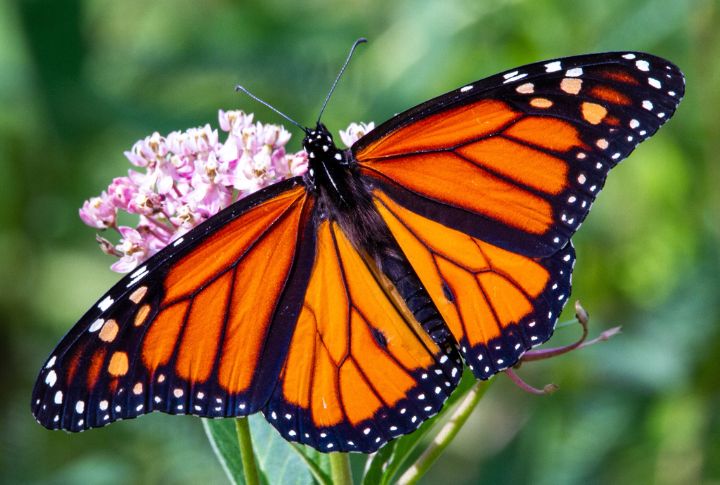
Most insects don’t travel far, but monarch butterflies are the ultimate exception. Their annual migration across North America is filled with mystery, endurance, and near-miraculous timing. It’s a journey that stuns scientists and nature lovers. Here are 10 amazing facts that capture just how epic their adventure really is.
Monarchs Travel Thousands Of Miles Each Year

These tiny butterflies take flight on one of nature’s longest migrations. From Canada and the U.S., they head south to specific forests in Mexico. The journey spans up to 3,000 miles, an incredible feat for creatures only a few inches wide.
Generations Work Together To Complete The Journey
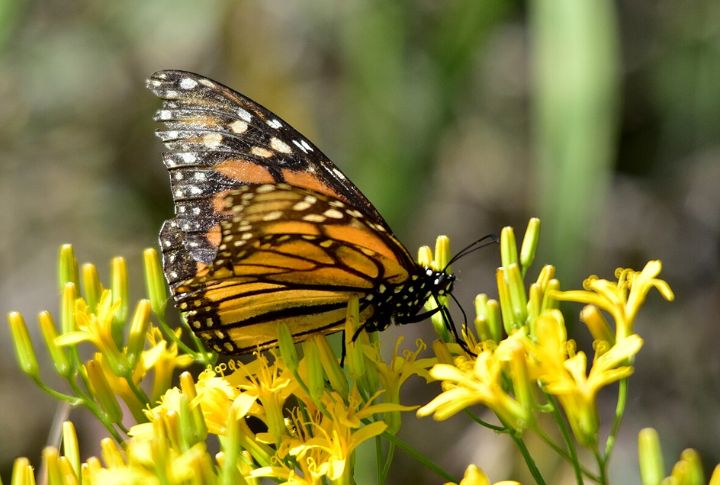
No single butterfly makes the round trip. Instead, it takes multiple generations to finish the migration cycle. The first butterflies start heading south, and their descendants continue the journey until they reach their wintering spots months later.
Temperature Changes Trigger Their Departure
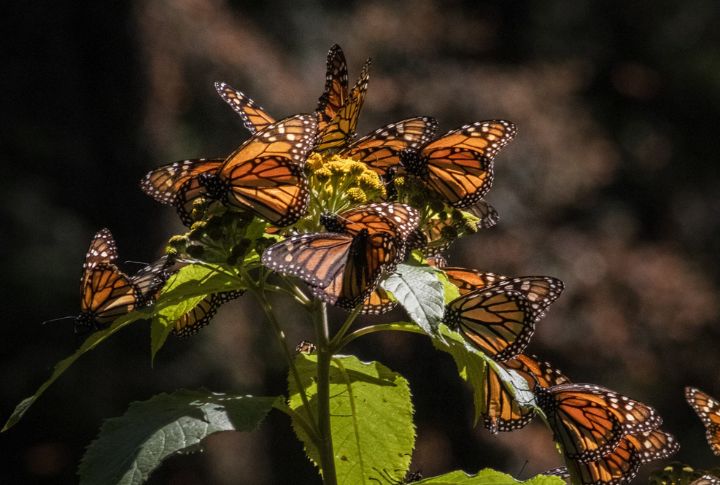
As autumn arrives and temperatures drop, monarchs begin their southward migration. Cooler weather signals it’s time to leave breeding grounds behind. This seasonal response helps ensure they arrive safely at their overwintering sites before conditions worsen.
They Travel Mostly During Daylight Hours
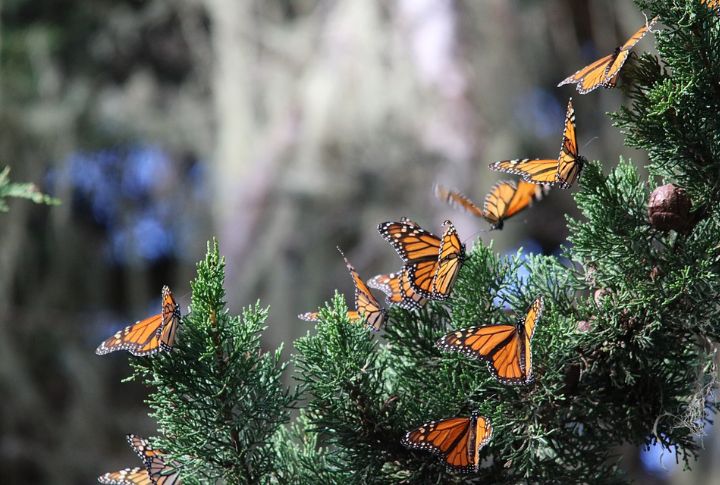
Monarchs take advantage of daylight to fuel their migration. During the day, they use warm air currents to glide and conserve energy. Nighttime flights are rare since cooler temperatures make flying more difficult for these delicate insects.
Butterflies Cluster Together To Stay Warm

In their winter habitats, monarchs form dense clusters on tree branches. Huddling closely helps them conserve heat during chilly nights. These clusters can appear as thick orange blankets covering the forests, a breathtaking natural phenomenon.
They Use The Sun As A Natural Compass
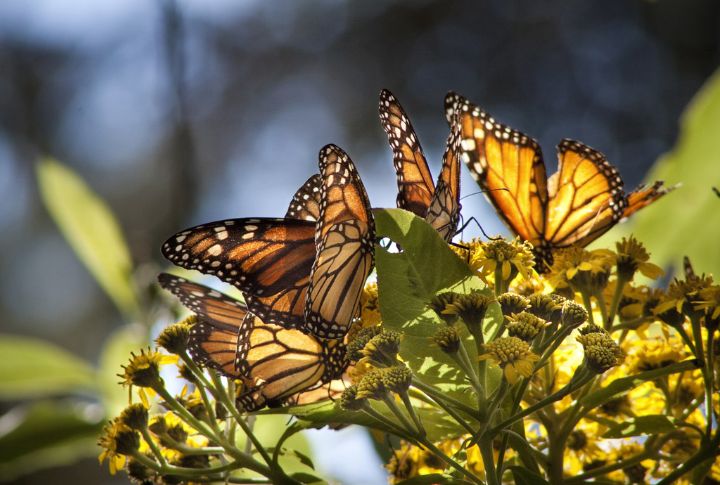
Monarchs rely on the sun’s position to steer their direction. Their internal clocks help them adjust as the sun moves through the sky, allowing them to stay on course during daytime flights. This natural navigation system is incredibly precise.
Monarchs Prefer Oyamel Fir Forests For Winter
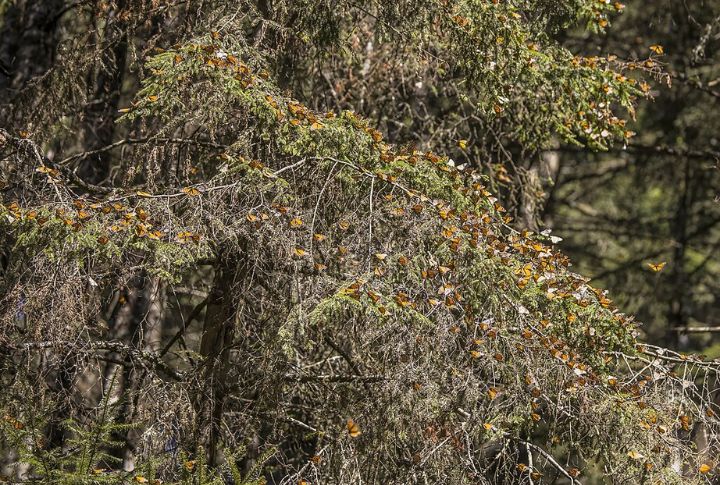
The specific microclimate of oyamel fir forests in Mexico provides just the right coolness and humidity monarchs need. These conditions keep them from freezing and prevent dehydration, allowing them to survive several months without feeding.
They Can Fly Up To 50 Miles A Day
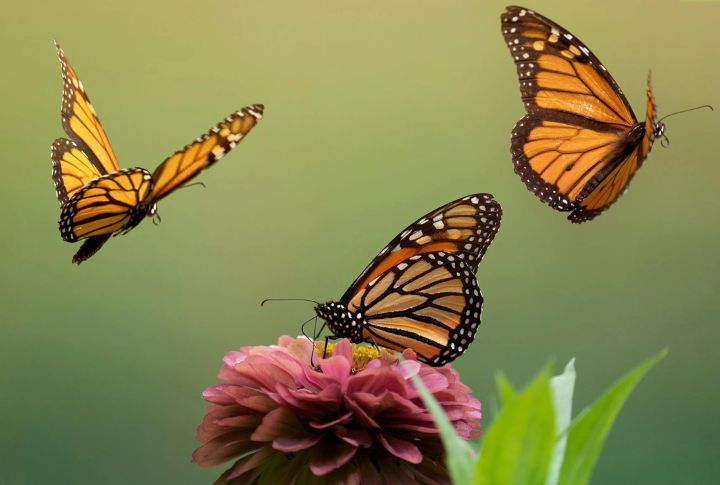
On average, monarchs cover up to 50 miles daily during migration. They achieve this by catching thermal updrafts and gliding for long distances before flapping their wings again. This method conserves energy on such an epic journey.
Winds Play A Huge Role In Their Route
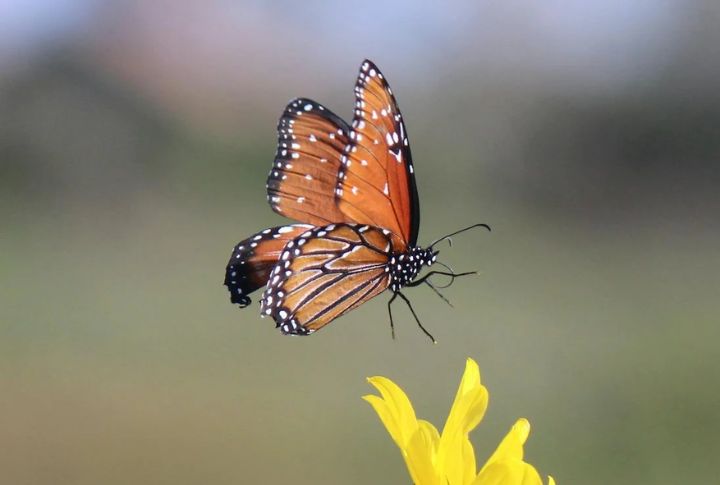
Tailwinds can help monarchs travel faster and farther. Conversely, headwinds slow them down and drain their energy reserves. These butterflies carefully time their flights to coincide with favorable wind patterns whenever possible.
The Final Generation Delays The Reproduction
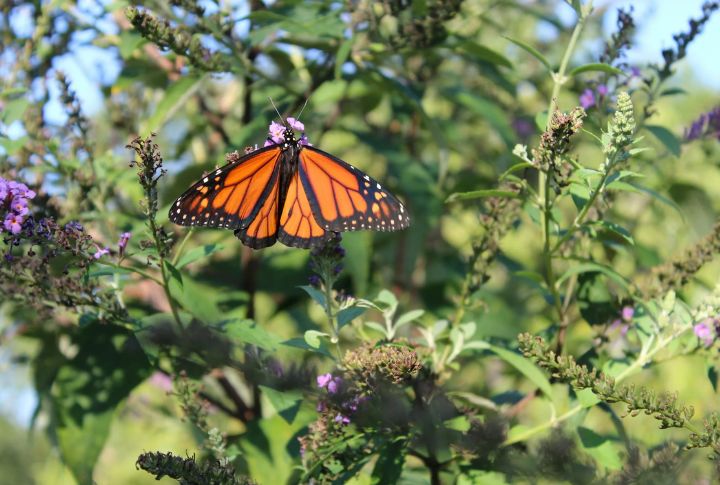
Monarchs born at the end of summer enter a reproductive pause called diapause. By delaying development, they can live as long as eight months, completing migration and enduring winter before it’s time to breed.

